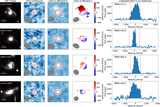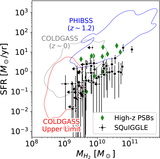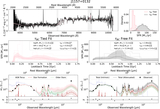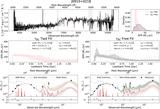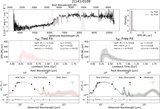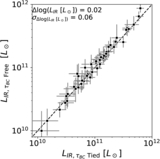Image Details
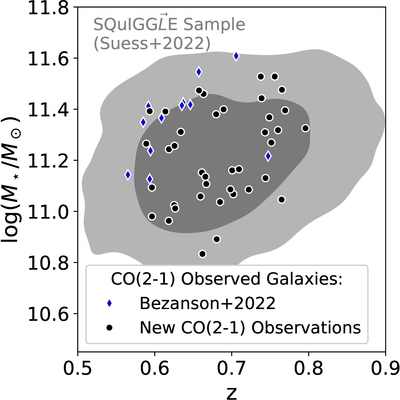
Caption: Figure 1.
SQuIGG﹩\overrightarrow{L}﹩E is an SDSS-selected sample of 1318 massive (﹩\mathrm{log}({M}_{\star }/{M}_{\odot })\sim 11.2﹩) post-starburst galaxies at z ∼ 0.7 (gray contours; K. A. Suess et al. 2022a). Previous observational work observing CO(2–1) in these galaxies preferentially targeted the brightest (highest-mass/lowest-z) galaxies (blue points; K. A. Suess et al. 2017; R. Bezanson et al. 2022). In this work, we quadruple our sample size and target a much more representative sample (black points).
Copyright and Terms & Conditions
© 2025. The Author(s). Published by the American Astronomical Society.


